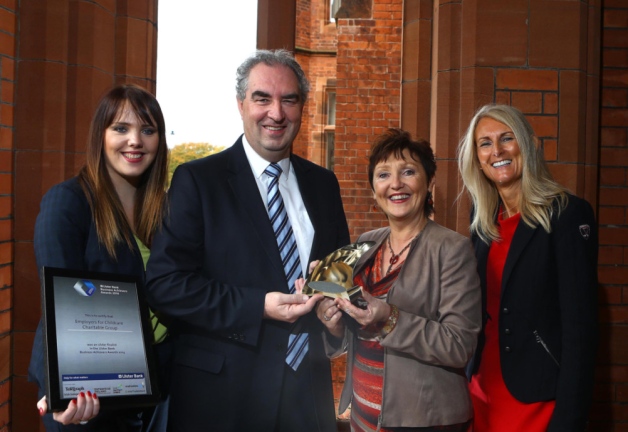Home
About Us
Page 2
In addition, the proposals are also encouraged to develop and integrate disciplinary perspectives and as well as utilize diverse approaches in the process of investigating the basic research areas, such as:
|
|
a) The interconnection between ocean acidification with oceanic biology, chemistry, physics, and geology
b) The consequences of ocean acidification on ecosystem health and function
c) The interpretation of the geologic record to hopefully reveal the history of climate change and the groups of organisms that have risen, persisted, or declined, upon the timely evolution of each earth system.
The National Science Foundation estimates to grant 10-15 awards with a total maximum budget amounting to $10,000,000.
To know more about this program, visit Topgovernmentgrants.com or the Grants.gov website.
The following institutions and organizations will be deemed eligible to apply for the program:
a) Higher Education Institutions, either public/state controlled or private
b) Profit and Nonprofit organizations such as small businesses
c) local governments with the US and its territories and possessions
d) independent school districts
e) Public Housing Authorities/Indian Housing Authorities
f) Native American Tribal Organizations (other than Federally recognized tribal governments)
g) Faith-based or Community-based Organizations
h) Regional Organizations
The National Science Foundation, the mother agency funding the Ocean Acidification Program, is the country's leading independent federal agency which is responsible for promoting the progress of science to advance national health and welfare, and to secure the national defense.
National Science Foundation: Ocean Acidification
Back to Page 1
About The Author Michael Saunders is an editor of TopGovernmentGrants.com one the the most comprehensive Websites offering information on government grants and federal government programs. He also maintains Websites providing resources on environmental grants and grants for youth programs. |
Additional Resources
category - Grants for Individuals
Grants for Woman Head of Households
National Aeronautics and Space Administration: Research Opportunities in Space and Earth Sciences
Solar Decathlon and Energy Efficiency and Renewable Energy Showcase Event
National Science Foundation: Broadening Participation Research Initiation Grants in Engineering (BRIGE)
Follow @topgovtgrant
Social Entrepreneurship
Spotlight
Childcare Charitable Group Named Top Social Enterprise

Employers For Childcare Charitable Group (EFCG), a Lisburn-based charity, has been crowned top Social Enterprise at the Ulster Final of 2014’s Ulster Bank Business Achievers Awards. EFCG seeks to “make it easier for parents with dependent children to get into work and to stay in work.”
